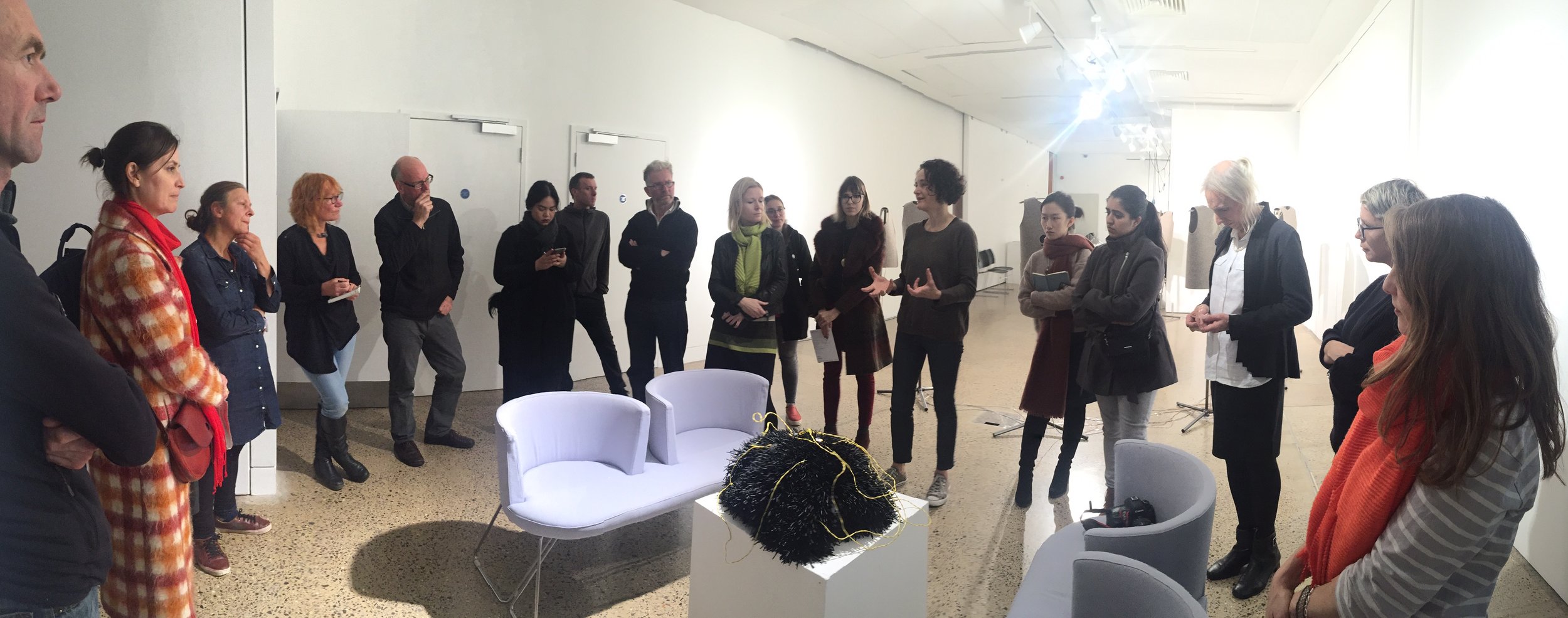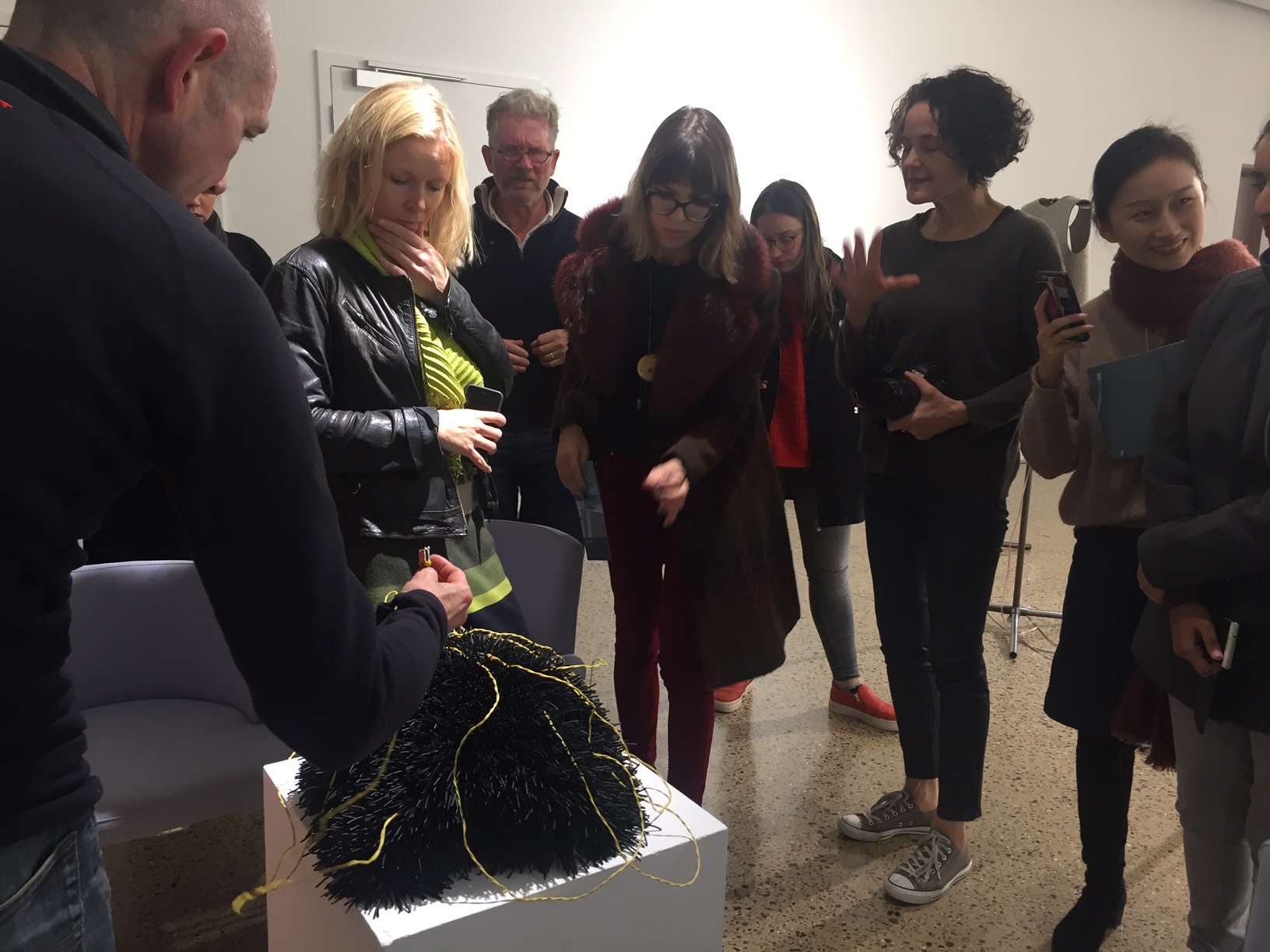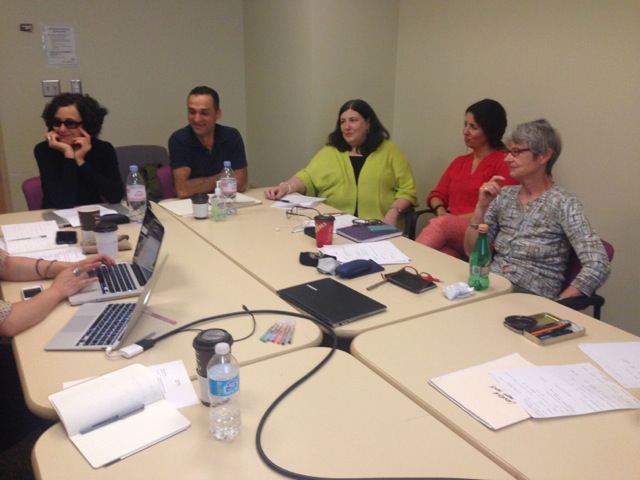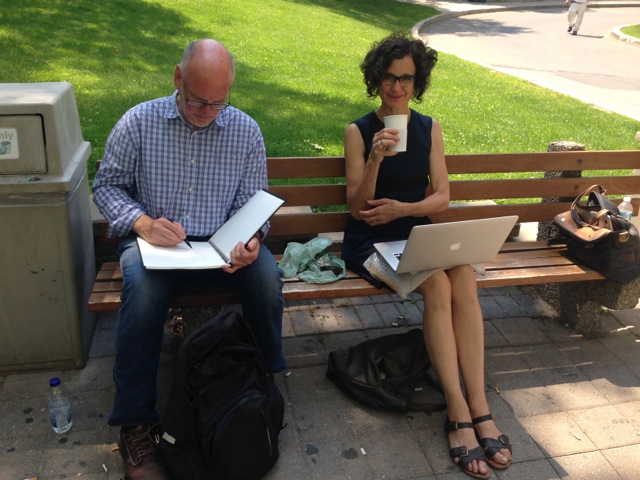EXHIBITION: Junctures of a Haphazard Kind
emily jan
Stitched watercolours: Andrew Carnie working with Alice Kettle and Rachael Causer
At Medical Museion, Bredgade 62, 1260 København
As part of Workshop 3: Re-Imagining Transplantation, The Politics and Poetics of Embodiment and Identity, Copenhagen, June 18-19, 2018.
Organised by Nordic Network Gender, Body and Health
TALK: Junctures of a Haphazard Kind
Reception room Medical Museio, 4:30 -6:00 19th June 2018
The 3rd workshop turns to the nexus of organ and tissue transplantation, where the prosthesis is usually – though not always – organic rather than mechanical. Over the last 50 years the capacity for, and biomedical success of, solid organ transplantation has risen dramatically with greatly enhanced survival rates, while those receiving tissues – such as skin grafts – expect greatly enhanced rates of recovery. The motivating question of the workshop, then, is activated by a strange mismatch in public attitudes to transplantation. On the one hand the seemingly beneficent nature of organ donation and transplantation is broadly supported as a welcome medical advance, and yet on the other, the same unexceptional and clinically relatively low risk procedures nevertheless provoke widespread cultural and individual psychic anxiety. On the surface the process is represented as an unproblematised and fully therapeutic social good, a triumph of bioscientific technology, so what is it that underlies a far more complex socio-cultural and personal response? Studies show that it is not the biomedical risk transplantation that causes concern, but the manner in which the procedures deeply disrupt the cultural imaginary of what it is to be embodied as an individual and poses irresolvable difficulties to the question of personal identity (Waldby 2002; Poole, Shildrick et al 2009).
Where the mechanical prostheses commonly deployed in the context of disability create a disturbance to the experience of embodiment, organic transplants produce an even more acute break in the sense of an enduring self. Emerging empirical research reveals that recipients commonly experience highly troubling disruptions to their phenomenological well-being which indicates that high rates of clinically measured recovery are not matched by a sense of personal flourishing (Ross et al 2010, Shaw 2010). In the context of western adherence to the founding binary of self and other, the event of transplantation breaks down the boundaries of normative embodiment and of personal identity, ie when the donor organ crosses the threshold of the recipient body, ontological questions of self and other frequently arise. This is not simpy an abstract concern in that the transplant organ brings to its new site an alien DNA that will persist for life (Shildrick et al 2009) and that may circuate throughout the peripheral blood supply. The fundamental question of ’who am I?’ becomes unanswerable. Such an approach ranges across interlinked questions of foreignness and intrusion; the relation between host and guest, the meaning of hospitality; the question of corporeal generosity; and always the matter of sex and gender. The embodied self is never neutral.
The problem is that few of these existential questions are acknowledged without biomedical science or by media promotions of the good of transplantation. Unless they suffer complete breakdown, recipients are left to fend for themselves with few resources to settle their self-doubt. It creates an unaddressed bioethical problem that indicates how conventional western ethics is ill-suited to analyse problems thrown up by rapidly expanding new technologies. In the workshop, we attend to the actual uncertainty of the human body, with the aim of giving voice to a new understanding of the transcorporeal embodiment that transplantation entails. What is at stake is the assumed purity – or at least clarity – of human embodiment and the intimation that our bodies may be better acknowledged as assemblages of disparate parts. In short, the workshop will explore whether the project of rethinking prosthetic embodiment in the context of transplantation offers a transformatory response to otherness and difference that can go beyond the dominant conventions of modernism to facilitate acceptance of embodiment as multiple and interdependent. Moreover, in reconfiguring the ontological and epistemological bases, it becomes apparent that what is required is a differently composed and intrinsically flexible bioethics.
Speakers included Margrit Shildrick, Tim Jeeves, Rhonda Shaw, Donna MCCormack and Adam Bencard
http://andrewcarnieexhibtionsandstuff.blogspot.com/?view=magazine








![8472_LGW-Hybrid-Bodies-Invite-WEB_09.17[4].jpg](https://images.squarespace-cdn.com/content/v1/542592fbe4b0d6635232ca0d/1506132320422-UXNUX82KNGGDR8K7N2G8/8472_LGW-Hybrid-Bodies-Invite-WEB_09.17%5B4%5D.jpg)






